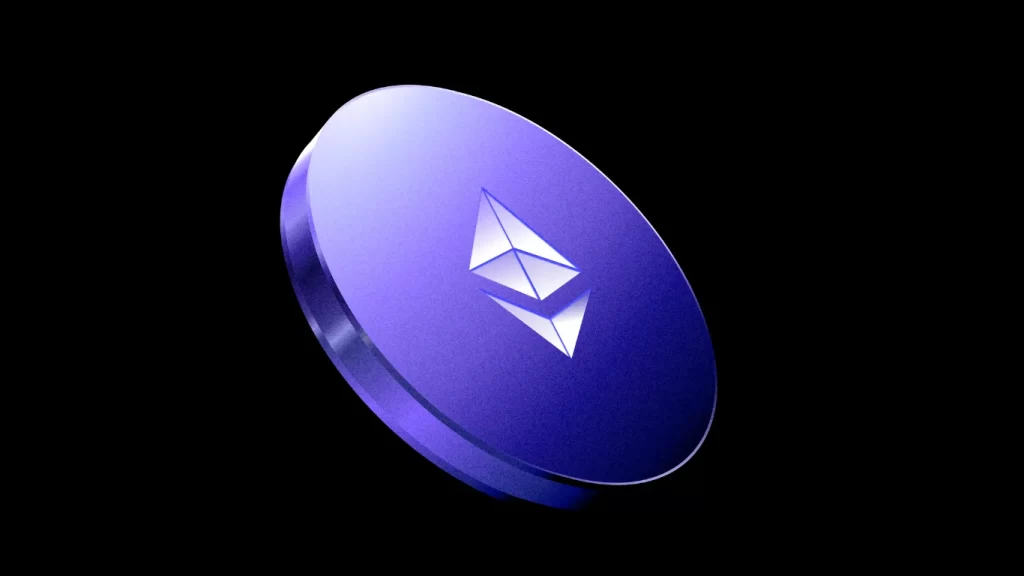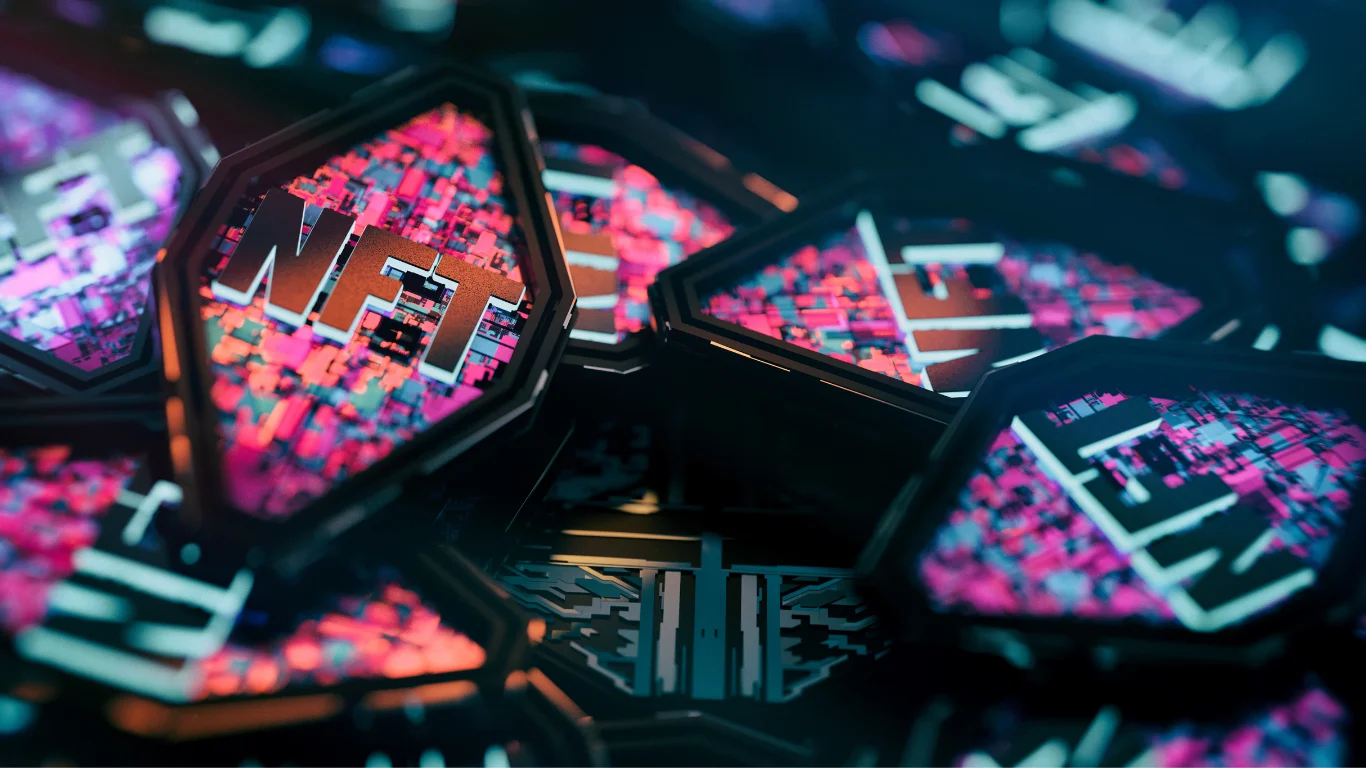In the realm of online gaming, a revolution is taking place. The integration of cutting-edge blockchain technologies is transforming the gaming industry, paving the way for an exciting new genre known as crypto gaming. Together, we’ll take a small step into crypto gaming, exploring its mechanics, benefits, and potential future.
Understanding Crypto Gaming
Crypto gaming refers to a genre of online games that leverage the power of blockchain technologies and cryptocurrencies. These games provide an immersive gaming experience while also incorporating the revolutionary aspects of cryptographic assets.
Key Concepts
- Blockchain: This is the technology that underpins crypto gaming. It is a decentralised digital logbook that records transactions across multiple computers. Blockchain technology ensures transparency, security, and permanence of transactions, making it a cornerstone of crypto gaming.
- Cryptocurrencies: In crypto gaming, cryptocurrencies often form the basis of in-game currencies, which players can earn, spend, and trade.
- Smart Contracts: These are self-executing contracts with predefined rules and penalties coded into blockchain networks. In crypto gaming, smart contracts play a crucial role in automating gameplay elements, enhancing security, and ensuring fairness.
- Non-Fungible Tokens (NFTs): These are unique digital assets that are stored on a blockchain. NFTs are often used to represent ownership of in-game assets, such as characters, equipment, and virtual real estate.

The Mechanics of Crypto Gaming
Crypto gaming combines traditional gaming elements with blockchain technologies, providing a unique gaming experience. There are several core mechanics that drive this evolution.
Blockchain and Gaming Protocols
Blockchain technology provides the framework for crypto gaming. By using a decentralised network, blockchain ensures transparency and security, making it possible for secure and private transactions to take place.
Blockchain gaming relies on smart contracts to enable secure and transparent interactions between players, developers, and other parties involved. These contracts help to build trust among players and ensure fair and tamper-proof gameplay. Smart contracts enforce pre-agreed rules and conditions and eliminate the need for trust between parties.
Gaming on Public and Private Blockchains
Crypto games can be developed on both public and private blockchains. Public blockchains, like Ethereum and Hedera, offer greater decentralisation and accessibility, making them popular choices for crypto game developers. On the other hand, private blockchains may provide better scalability and customisation options, making them suitable for specific gaming platforms.
Integration of DeFi in Crypto Gaming
Decentralised finance (DeFi) protocols are also making their way into crypto gaming. DeFi integration allows players to participate in yield farming, staking, and lending using their gaming assets as collateral. This opens up new avenues for financial opportunities within the gaming ecosystem.
Play-to-Earn Models
One of the unique aspects of crypto gaming is the play-to-earn model. This model allows players to earn crypto tokens by playing games and achieving certain milestones. The tokens can then be traded or sold, creating a new way for players to earn income and participate in the gaming economy.
Types of Crypto Gaming
Now that we have gone through the basics, here are the different types of crypto games, each for different user interests and skill levels:
- Crypto-based Gambling and Casino Games: These games use crypto assets for betting and wagering. They provide secure and transparent transactions and often incorporate elements of traditional casino games like slots, poker, and dice games.
- Collectable Games and NFTs: These games leverage the power of NFTs to create unique, collectable in-game items. Players can trade these items on decentralised marketplaces, adding a new dimension to the gaming experience.

Source: NBA Top Shots
- Play-to-Earn Games and Blockchain-based Virtual Worlds: These games allow players to earn crypto tokens by completing objectives or tasks. Blockchain-based virtual worlds, like Decentraland and Sandbox, fall into this category. These expansive virtual platforms enable players to create, explore, and monetise content within a decentralised virtual world.
Benefits of Crypto Gaming
Crypto gaming offers several unique benefits over traditional online gaming. Some of the key advantages include:
- Increased Security and Transparency: Blockchain technology guarantees that all transactions within the game are secure and transparent. This adds a layer of trust and confidence for players, as they can be assured that their in-game transactions are secure and fair.
- Greater Control and Ownership: One of the defining features of crypto gaming is the ability for players to really own their in-game assets. Through the use of NFTs, players can buy, sell, and trade their in-game items as they please, giving them greater control over their gaming experience.
- Integration of DeFi in Crypto Gaming: The integration of decentralised finance (DeFi) protocols in crypto gaming opens up new routes for financial opportunities. DeFi protocols enable players to participate in activities such as yield farming, staking, and lending, using their in-game assets as collateral. This allows players to earn passive income and leverage their gaming assets in the broader financial ecosystem. The integration of DeFi in crypto gaming creates a symbiotic relationship between the gaming and financial worlds, bringing additional economic incentives to players and investors.
- Passive Income Opportunities: The play-to-earn model provides players with the opportunity to earn passive income through their gaming activities. By playing the game and achieving goals, players can earn crypto tokens, which can be traded or sold for real-world money.
Limitations and Challenges of Crypto Gaming
Since crypto gaming is relatively new, it has certain limitations that are yet to be overcome. Due to the fact that the technology is still being developed and refined, there are still a lot of challenges that need to be addressed in order to make crypto gaming more accessible.
- User Experience: The user experience in crypto games, particularly for players unfamiliar with cryptocurrency, can be frustrating. Purchasing in-game assets requires making crypto transactions, which can be a barrier to entry for those unfamiliar with the process.
- Network Scalability: Network scalability is a persistent issue, particularly on platforms like Ethereum. Network congestion can cause delays and increase transaction fees, which can discourage users.
- Technical Issues: Technical issues with the blockchain network could negatively impact gameplay. Furthermore, from a graphics standpoint, crypto games need to catch up to their traditional counterparts in terms of sophistication and complexity.
Examples of blockchain gaming projects
Axie Infinity is a well-known blockchain game project that operates on a Play-to-Earn (P2E) basis. The game revolves around collecting and breeding cute monsters called axies, which players can then use in battles. Additionally, players can trade these collectibles on NFT marketplaces.

Decentraland is another example of a blockchain game that uses NFTs to represent virtual land and worlds, and players can also trade collectibles on decentralised marketplaces. Traditional video games could potentially adopt this model of using NFTs and decentralized marketplaces to enter the blockchain ecosystem.
The Future of Crypto Gaming
So, what will happen to the industry in the future? As the crypto gaming industry continues to gain popularity, it holds great potential for both gamers and investors. With technological advancements, regulatory developments, and growing interest from traditional gaming companies, the future of crypto gaming looks promising.
Emerging trends in crypto gaming technology, such as the integration of VR (virtual reality) and AR (augmented reality), are set to enhance the gaming experience further. The potential impact of crypto gaming on the wider gaming industry is also significant, with the possibility of transforming traditional gaming economies and creating new avenues for player engagement and monetisation.
However, along with these opportunities, there are also challenges to be faced. The need for regulatory clarity, technological limitations, and market volatility are some of the issues that the crypto gaming industry needs to address as it grows and matures.
Conclusion
Crypto gaming is at the intersection of gaming and blockchain technology, offering a new frontier for gamers and investors alike. With its unique features, such as true ownership of digital assets, secure and transparent gameplay, and the potential for passive income, crypto gaming is set to revolutionise the gaming industry. As we navigate this exciting new landscape, it is important to stay informed and understand the risks and rewards that come with this emerging technology.





